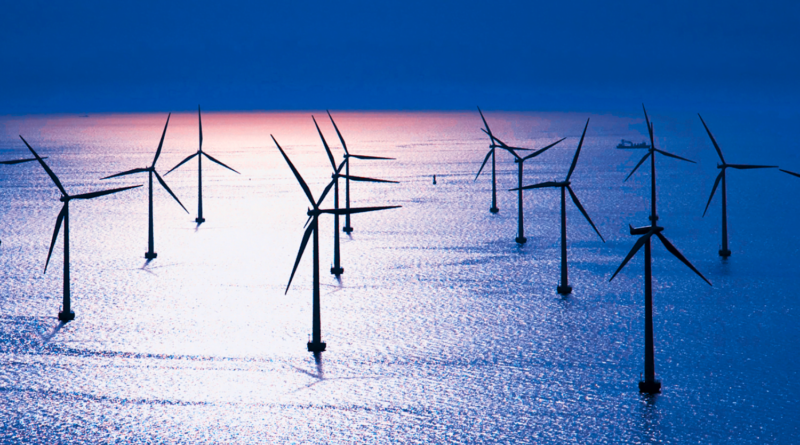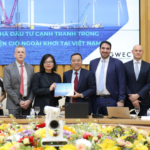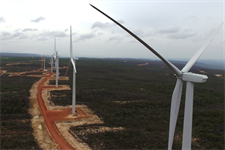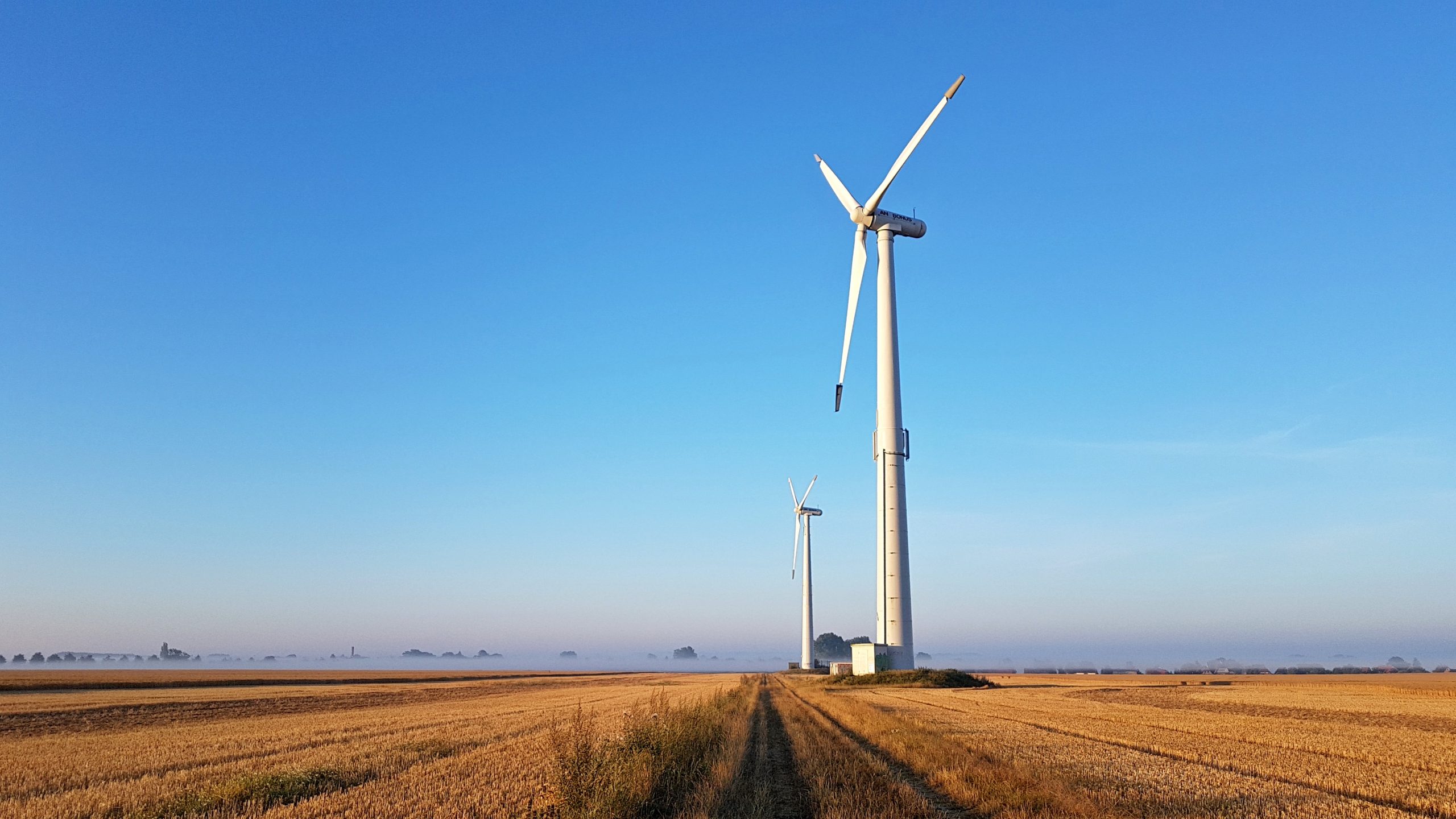Offshore wind in Vietnam at a crossroads: Policy clarity needed for the next transition phase
Energy Disrupter

- A new report by the Global Wind Energy Council, in cooperation with The Renewables Consulting Group, finds that Vietnam is facing a crucial crossroads in its energy system planning, and has the opportunity to act now to accelerate deployment of offshore wind in this decade.
- The first large-scale offshore wind projects are not likely to be connected to the grid until 2026 or later. For these initial projects, policy clarity and transparency on procurement mechanisms are urgently needed as the current Feed-in Tariff mechanism for offshore wind is due to expire by November 2021.
- Vietnam’s draft PDP8 energy plan contains true offshore wind targets of 2 GW by 2030, however high industry and investor interest indicates that Vietnam could raise its ambition to 10 GW by 2030 to meet rapidly growing power demand and increase energy security. The report makes several recommendations on long-term growth and sustainability of the offshore wind sector to meet this higher goal.
22 July 2021 – A new report released today by the Global Wind Energy Council, in cooperation with The Renewables Consulting Group, finds that Vietnam is facing a crucial crossroads and has the opportunity to act now to accelerate deployment of offshore wind in this decade. The report, “Vietnam’s Future Transition to Offshore Wind Auctions – International Best Practices and Lessons Learned,” draws from global case studies and makes concrete recommendations to enhance the long-term growth and sustainability of offshore wind in Vietnam.
With world-class resource potential and rapidly growing power demand, Vietnam is poised to be South East Asia’s offshore wind leader over the next decade. But true large-scale offshore wind projects are not due to be connected until 2026 at least, and a number of policy and regulatory challenges need to be addressed to safeguard the pipeline of investment and project development.
Among these are the expiration of the current intertidal Feed-in Tariff by November 2021, and the current 2 GW by 2030 offshore wind target in the draft Power Development Plan 8 master energy strategy – which, the report finds, could be raised to 10 GW by 2030 to maximise social, economic and environmental gains from offshore wind. The PDP8 is due to be approved and finalised later this year.














